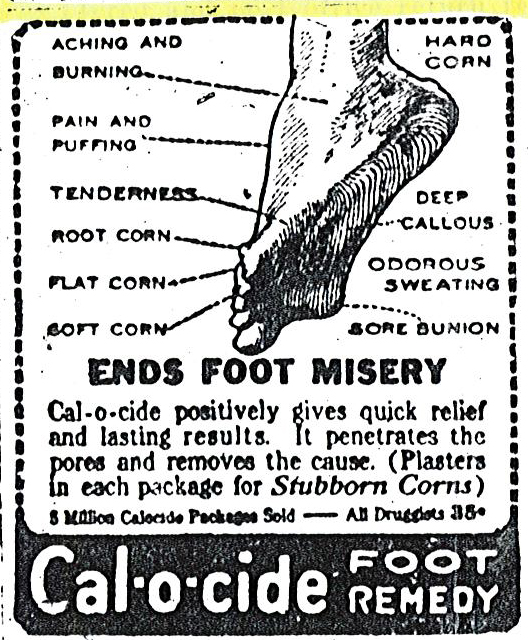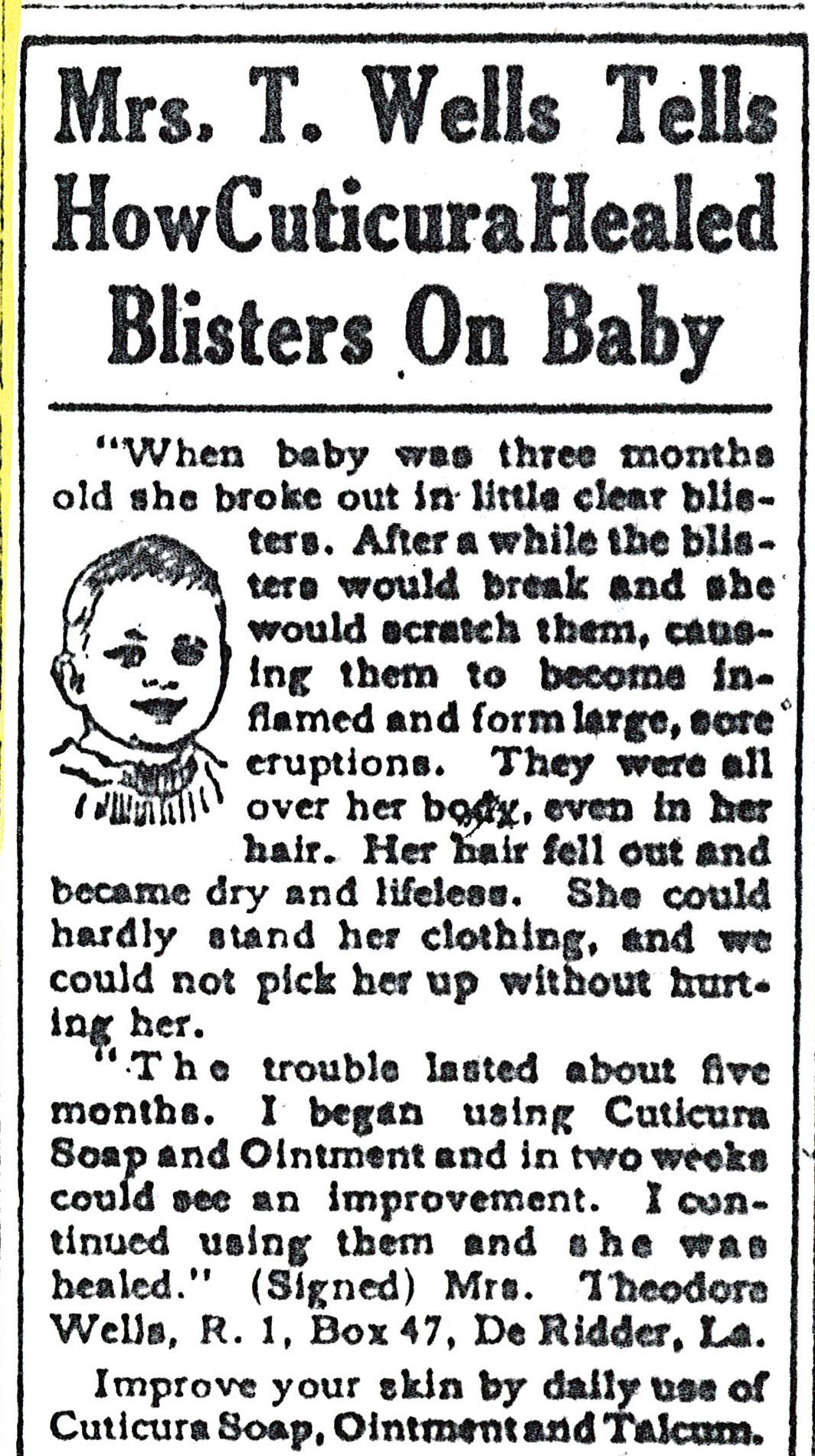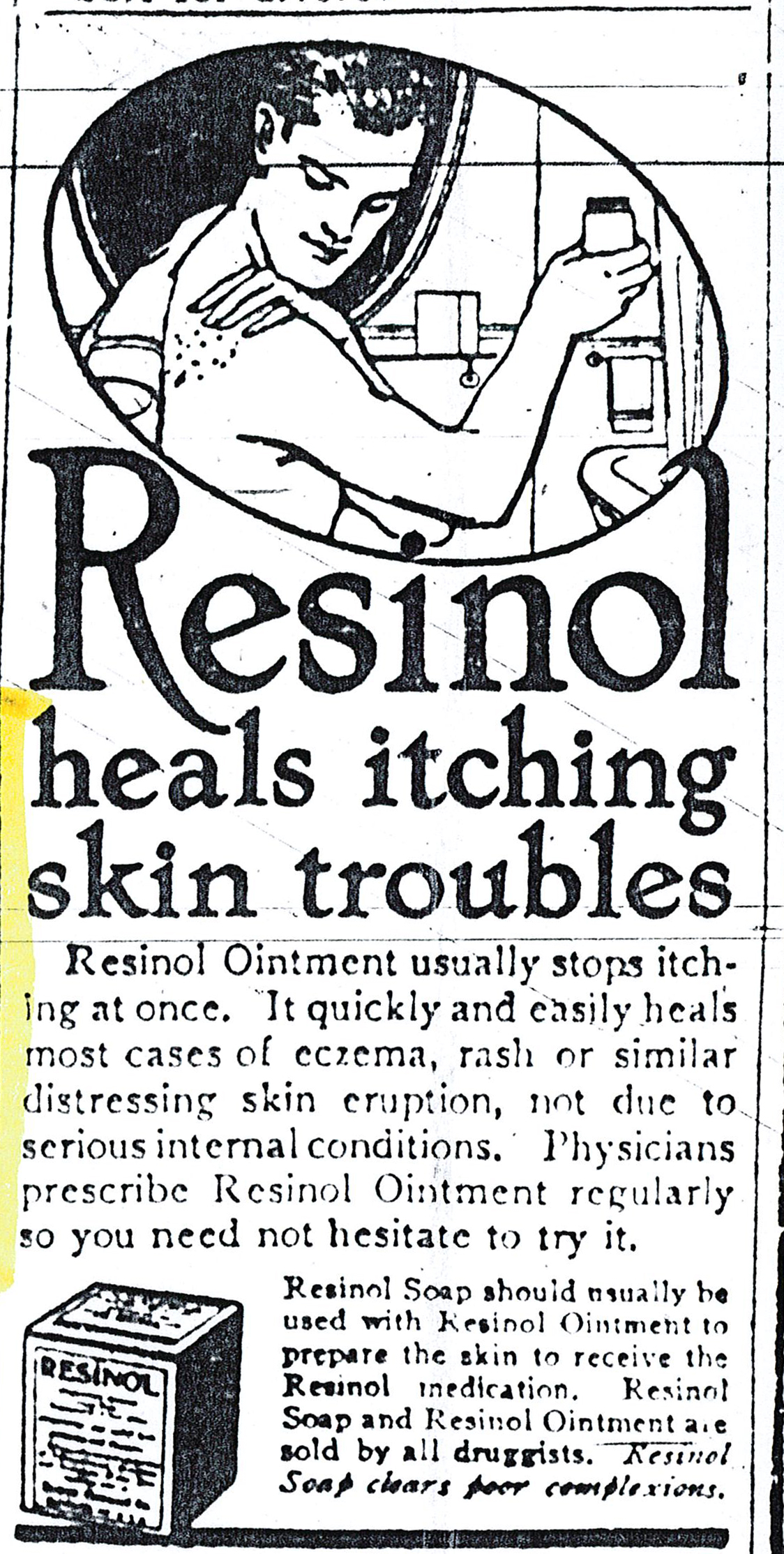1920s NEWSPAPER ADS REVEAL STATE OF MEDICINE THEN
By Judith Linsley
In 1906, Congress passed the Pure Food and Drug Act, after The Jungle, Upton Sinclair's expose of the meatpacking industry, was published. The act was designed to guarantee the quality of foods and medicines and provide for truth in advertising, but many questionable products still made their way to the market, as a look at the Beaumont Enterprise and Beaumont Journal of the 1920s reveals.
Many patent medicines of that time dealt with either respiratory ailments or general digestive distress. Mayr's Wonderful Remedy was "a simple, harmless preparation" that allayed the cause of "practically all stomach, liver and intestinal ailments, including appendicitis."
Dr. W.F. Thomson used poetry to answer health questions in "The Health Letter Box," which appeared in the Journal:
"And our effort's ironic When praising spring tonics Of sulphur and sassafras teas; While neither will hurt you There's nothing of virtue In these vaunted, spring remedies."
In spite of his advice, many children still suffered through a "dosin" every spring, with castor oil, Cod Liver Oil, or California Fig Syrup.
Adults could restore their natural vim and vigor with Pe-Ru-Na, not coincidentally the name given to the Southern Methodist University mascot, a peppy little mustang (though spelled Peruna). Andre's Karnak drove out poisons, and weak, sickly women regained their strength with St. Joseph's G.F.P.
Miller's Antiseptic Oil, also known as "Snake Oil," claimed to relieve rheumatism, neuralgia, lumbago, coughs, colds, croup, influenza, sore throat, and tonsillitis "as if by magic" after only one application. The fact that calling someone a "snake oil salesman" indicated fraud tells you how effective it was.
Foley's Honey and Tar, St. Jacob's Oil, or Chamberlain's Dough Remedy cured colds and coughs. "Mothers Want It," the Chamberlain's ad insisted. One product with the surprising name of 666 took care of "colds, grippe, dengue, headaches, constipation, biliousness."
Cuticura soap "pure and wholesome," cleared up the skin. Calonite powder removed "every blackhead." Liquid Arvon was "a sure way to end dandruff." And ZEE-MA-LOL was "positively guaranteed" to stop itching from Eczema.
A few familiar names appeared-Phillips Milk of Magnesia, Vicks Vaporub, and Bayer Aspirin. Bayer Aspirin ads were actually somewhat understated, possibly because the medicine actually worked. Aspirinol, a similar product, claimed to be "better than whiskey for colds or flu." Whiskey could be had for "medicinal purposes" even during Prohibition, though one local judge feared that it actually hastened death.
One Beaumont dentist advertised "painless" tooth pulling for only $1 and dentures for $10. A physician promised to remove gallstones "without knife," but didn't explain how. Heedless of the dangers of excessive X-raying, patients could get head-to-foot X-Rays for $15, special $5 on Saturday.
Patent medicines hadn't yet addressed the newest health hazard-modern 1920s dances-but the Journal did, warning that the Charleston could cause water on the knee, heart strain, prolapsed kidneys, hernias, twisted ligaments, and flat feet.
From our lofty modern perspective, many of these medical ads seem fraudulent or preposterous. But think of 21st-century TV ads. A hundred years from now, what will readers think of us?

Beaumont Journal ads made extravagant promises to those who used their products

Beaumont Journal ads made extravagant promises to those who used their products

Beaumont Journal ads made extravagant promises to those who used their products